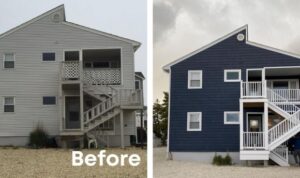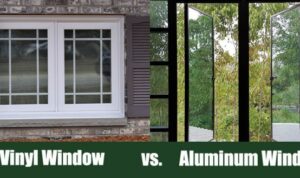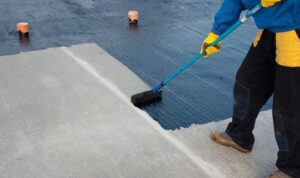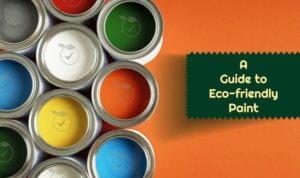Embark on a journey to transform your house with a siding remodel. Discover the ins and outs of different siding materials, design considerations, installation processes, and maintenance tips in this detailed guide.
Types of Siding Materials

When it comes to remodeling your home's exterior, choosing the right siding material is crucial. There are several options available, each with its own set of pros and cons. Let's explore the different types of siding materials commonly used and compare their cost-effectiveness.
Vinyl Siding
Vinyl siding is a popular choice due to its affordability and low maintenance requirements. It comes in a variety of colors and styles, making it a versatile option for many homeowners. However, vinyl siding can fade over time and may not be as durable as other materials.
Wood Siding
Wood siding offers a natural and traditional look, adding warmth and character to a home. It can be painted or stained in various colors to suit your preferences. On the downside, wood siding requires regular maintenance, including painting or staining to protect it from the elements.
Fiber Cement Siding
Fiber cement siding is known for its durability and resistance to rot, fire, and pests. It can mimic the look of wood or stucco without the maintenance issues. While fiber cement siding is more expensive upfront, it can save you money in the long run due to its longevity and low maintenance requirements.
Metal Siding
Metal siding, such as aluminum or steel, is a durable and low-maintenance option for homeowners. It is resistant to rot, fire, and insects, making it a practical choice for many. However, metal siding can dent easily and may not offer the same aesthetic appeal as other materials.In conclusion, when considering the cost-effectiveness of siding materials, vinyl siding tends to be the most budget-friendly option upfront, while fiber cement siding may offer long-term savings due to its durability.
Wood siding provides a classic look but requires more maintenance, and metal siding is a sturdy choice but may lack the aesthetic appeal of other materials.
Siding Design Considerations
When selecting a siding design for a remodeling project, there are several factors to take into consideration. The design should complement the architectural style of the house, enhance curb appeal, and provide durability and protection against the elements. Trending siding designs and colors can also play a significant role in creating a modern and visually appealing exterior.
Factors to Consider
- Architectural Style: The architectural style of the house will influence the choice of siding design. For example, a modern home may look best with sleek and minimalistic siding, while a traditional home could benefit from more classic and textured options.
- Curb Appeal: The siding design should enhance the overall curb appeal of the house. Consider factors such as color coordination with other exterior elements, like the roof and trim, as well as how the design complements the landscaping.
- Maintenance: Different siding materials require varying levels of maintenance. Consider how much time and effort you are willing to invest in upkeep when choosing a design.
Trending Designs and Colors
- Vertical Siding: Vertical siding is a popular trend that can add a modern and unique look to a home. It can create the illusion of height and works well on contemporary and farmhouse-style houses.
- Dark Colors: Dark siding colors like navy blue, charcoal, and forest green are gaining popularity for their dramatic and sophisticated appearance. They can make a bold statement and add depth to the exterior.
- Mixed Materials: Mixing siding materials, such as combining wood with stone or metal accents, can create visual interest and texture. This trend allows for creative customization and can result in a one-of-a-kind look.
Influence of Architectural Style
The architectural style of a house plays a crucial role in siding design choices. For example, a Victorian-style home may be best suited for ornate and detailed siding designs, like scalloped or decorative shingles. In contrast, a modern or minimalist home would benefit from clean lines and simple paneling.
It's essential to consider how the siding design will harmonize with the overall aesthetic of the house to achieve a cohesive and visually appealing result.
Siding Installation Process
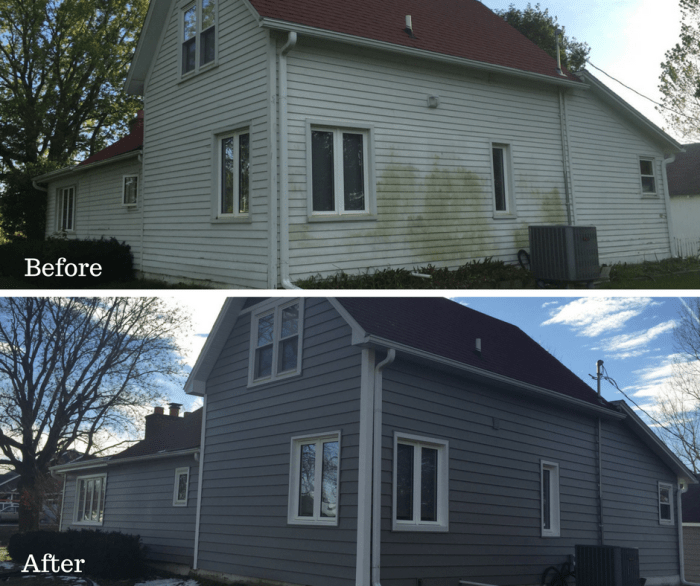
Installing siding during a remodeling project involves several important steps to ensure a successful and long-lasting outcome. Proper preparation of the exterior wall, including insulation and moisture barriers, is crucial for the overall integrity of the siding installation.
Preparation of the Exterior Wall
- Clean the exterior wall surface thoroughly to remove any dirt, debris, or old siding.
- Inspect the wall for any damage or rot, and make necessary repairs before proceeding with the installation.
- Apply a weather-resistant barrier, such as house wrap, to provide an additional layer of protection against moisture infiltration.
- Install insulation between the wall studs to improve energy efficiency and regulate indoor temperature.
Siding Installation Process
- Start by measuring and cutting the siding panels to fit the dimensions of the exterior wall.
- Begin installing the siding from the bottom up, ensuring each panel overlaps the one below it to prevent water infiltration.
- Secure the siding panels in place using nails or screws, following the manufacturer's guidelines for proper installation.
- Use corner pieces and trim to finish off the edges and corners of the siding for a clean and polished look.
Importance of Insulation and Moisture Barriers
Proper insulation and moisture barriers play a crucial role in siding installation. Insulation helps improve energy efficiency, reduce heating and cooling costs, and enhance the overall comfort of the home. Moisture barriers, on the other hand, prevent water infiltration, which can lead to mold, rot, and structural damage over time.
By ensuring the correct installation of insulation and moisture barriers, you can protect your home from potential moisture-related issues and enhance the longevity of your siding.
Maintaining and Caring for Siding
Proper maintenance and care for siding is essential to ensure its longevity and aesthetics. Different types of siding materials require specific care techniques to keep them looking their best and functioning properly.
Regular Cleaning
One of the most important aspects of maintaining siding is regular cleaning to prevent dirt, mold, and mildew buildup. Here are some general cleaning tips for different siding materials:
- Vinyl Siding: Clean with a mixture of water and mild detergent using a soft brush or cloth. Avoid using abrasive cleaners that can damage the surface.
- Wood Siding: Use a solution of water and mild soap to clean wood siding. Rinse thoroughly and avoid high-pressure washing to prevent damage to the wood.
- Fiber Cement Siding: Clean fiber cement siding with a gentle cleaning solution and a soft brush. Avoid harsh chemicals that can degrade the material.
- Aluminum Siding: Wash aluminum siding with a mixture of water and vinegar or a mild detergent. Rinse thoroughly to prevent streaking.
Common Issues and Solutions
Over time, siding may face common issues such as fading, warping, or rot. Here are some common problems and solutions:
- Fading: To combat fading, consider repainting or re-staining the siding to refresh its appearance.
- Warping: Warped siding may need to be replaced to maintain the integrity of the exterior wall.
- Rot: Address any signs of rot immediately by replacing the affected sections of siding to prevent further damage.
Painting and Repairing Siding
Properly painting and repairing siding can help extend its lifespan and improve curb appeal. Here are some tips for painting and repairing siding:
- Preparation: Clean the siding thoroughly before painting or repairing to ensure proper adhesion of materials.
- Priming: Use a primer before painting to help the paint adhere better and provide a more uniform finish.
- Repairing Damage: Address any cracks, holes, or loose siding promptly to prevent water infiltration and further damage.
Final Summary

In conclusion, siding remodel offers a myriad of possibilities to enhance the look and functionality of your home. With the right choices and maintenance, your siding can stand the test of time and keep your home looking beautiful for years to come.
Clarifying Questions
What are the common types of siding materials used in remodeling?
Common types include vinyl, wood, fiber cement, and metal. Each has its own pros and cons.
How does the architectural style of a house influence siding design choices?
The architectural style can dictate the type of siding that complements the overall look of the house.
What are some common issues that can arise with siding over time?
Issues like rotting, warping, or fading colors are common and can be addressed with proper care and maintenance.
How important is insulation and moisture barriers in siding installation?
Insulation and moisture barriers are crucial to protect your home from elements and ensure longevity of the siding.

